ENERGY
Driving a cleantech transition in the existing built environment
Europe wants to reduce greenhouse gas emissions by 80 to 90% by 2050 compared to 1990. In this context, it is a European objective to create a highly energy-efficient and low-carbon building stock. Today’s built environment is a major contributor to greenhouse gas emissions in the EU. After all, it is heavily dependent on fossil fuels, circularity still has a long way to go and the renovation rate is far too low to achieve the climate objectives.
The situation in Flanders is far from straightforward, with 2.9 million Flemish homes (i.e. a total of 96.5% of the current housing stock) failing to meet the 2050 targets. With a required renovation rate of 95,000 homes per year, it is a priority to redesign and adapt our existing buildings, neighbourhoods and urban environments.
The digitisation of our society is accompanied by an ever-increasing amount of data that offers new opportunities, such as new services and innovations. Although much progress has been made in the construction industry in recent years – think of BIM (building information modelling), digital twins, prefabricated façade systems, robotics and so on – there is still a lot of potential to be exploited. Access to, and the processing of, reliable data and building-related information will facilitate the deployment of entirely new business opportunities for design, construction, operation, leasing, financing and real estate transactions.
In addition to digitisation, other megatrends – such as the COVID-19 pandemic, energy availability and prices, demographic changes, the broader technology revolution and climate change mitigation – are affecting and posing challenges to the construction value chain.
Instead of approaching the renovation of our building stock from an individual perspective, a(n) (r)evolution is needed with an integrated and aggregated energy approach at district level.
While collectively tackling renovation projects at neighbourhood level offers multiple advantages (e.g. reduction of costs and construction time, pooling of funding, facilitation, community building, etc.), an integrated approach to energy solutions addresses both individual measures for buildings (e.g. building envelope adaptation solutions, renewable energy generation and HVAC solutions: Heating, Ventilation and Air Conditioning) as well as district-level energy systems (e.g. district battery), energy exchange, urban functionalities (e.g. shared electric vehicle-charging facilities) and their interactions. The transition to a low-carbon economy requires a more highly skilled workforce, new business models, different and smarter building concepts, innovative construction and renovation processes.
Innovative solutions are needed to optimise the cost-effectiveness and impact of the measures, fully exploiting the benefits of energy efficiency, the life-cycle approach and the integration of renewable and flexible technologies. These innovations can be classified according to their functionalities in the construction and renovation process and the operational phase:
- Design process: e.g. integration of digital tools and data (BIM, GIS (geographic information system) and monitoring data) into a seamless process, building renovation roadmap (automated step-by-step approaches for phased renovations), innovative digital twins to accurately represent district-level energy systems and their control, etc.
- Construction methods: e.g. modular renovation workflow, robotics, standardisation processes, 3D printing, etc.
- Building envelope elements: e.g. prefabricated building elements (including window frames, cladding and technical systems), building envelope integrated power generation (BIPV), self-regulating glazing, superinsulating materials, etc.
- Building-level energy systems:(HVAC & RES Regional Energy Strategy): e.g. plug-and-play energy box, intern DC grid, smart chargers, energy storage systems, (hybrid) heat pumps with low GWP (global warming potential) refrigerants, etc.
- District-level energy systems: e.g. 4th- and 5th-generation district energy systems, district battery, collective RES production, etc.
- Building and district management systems: e.g. monitoring energy flows between assets at building and district level, demonstrating the effectiveness of multi-vector integration at system level, etc.
- Business services: g. one-stop-shop services, energy or comfort-as-a-service, digital building logbook, etc.
These opportunities occur both upstream in the value chain (e.g. product innovation of superinsulation materials) and downstream (e.g. automated monitoring of installation performance) and provide opportunities for those engaged in tapping new sources of revenue. Assessing these pipelines of innovations, we see that for the construction industry, there are multiple possibilities ranging from marginal change (e.g. self-regulating glazing), to more fundamental change or holistic solutions (e.g. industrialized off-site construction).

Maarten De Groote,
senior expert in the built environment
maarten.degroote@vito.be
[1] European Directive 2018/844 on the energy performance of buildings and energy efficiency – https://eur-lex.europa.eu/legal-content/NL/TXT/PDF/?uri=CELEX:32018L0844&from=EN
[2] Flemish Long-term Renovation Strategy for Buildings – https://www.energiesparen.be/vlaamse-langetermijnrenovatiestrategie-voor-gebouwen-2050


